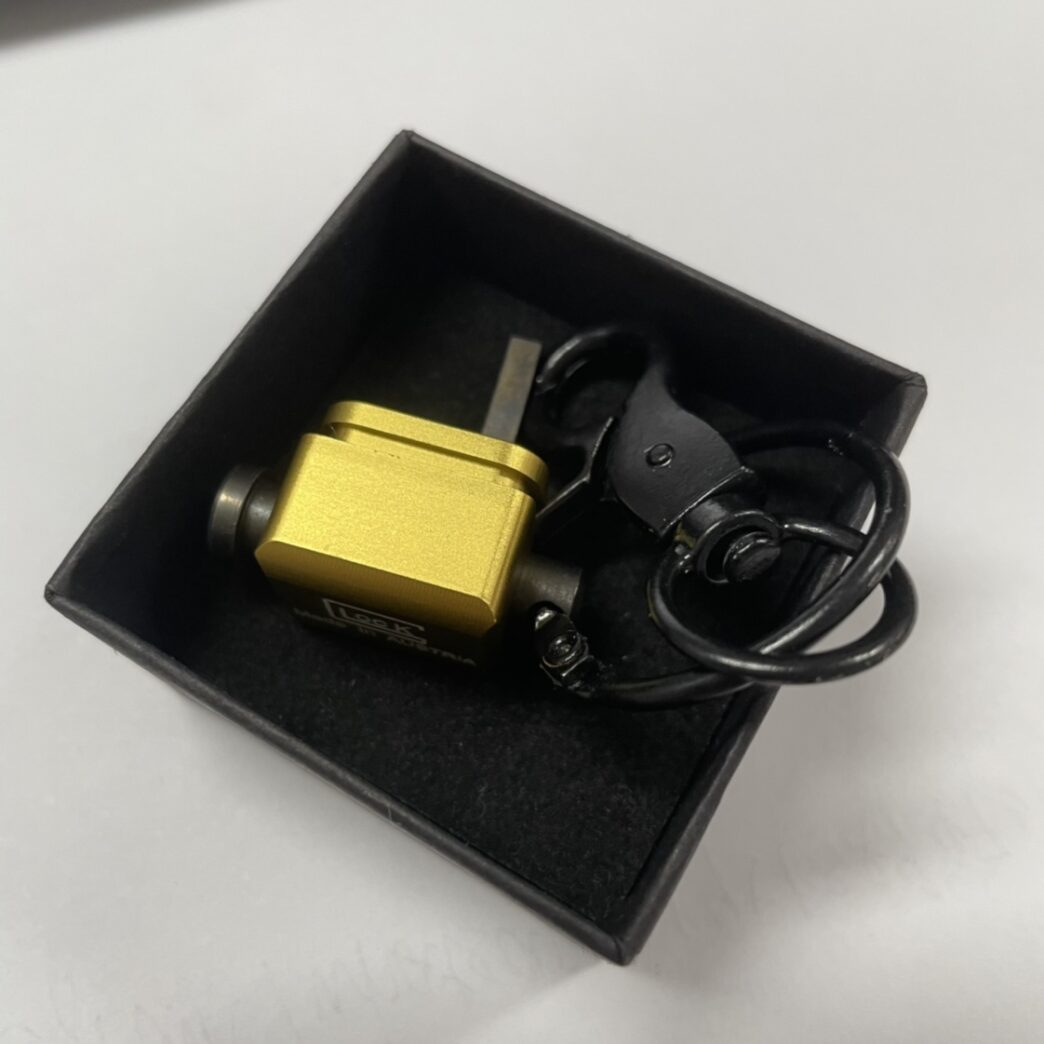If you’re frustrated with your Glock Switch constantly jamming, aftermarket upgrades could be the solution to improve your pistol’s performance. Glocks are favored by military, law enforcement, and civilians alike due to their reliable design and high-quality standards. However, even top-tier firearms experience wear and tear over time, and many Glock owners purchase used models with unknown histories of wear. Additionally, Glock’s popular blow-back design is widely replicated, resulting in numerous clones. Understanding the common causes of gun jams will help you prevent them during practice or in the field.
Different Types of Glock Switch Jams
A Glock jam signifies a mechanical issue within your firearm. While there are various types of jams, they typically fall into one of four categories:
- Failure to Fire – When you pull the trigger, and nothing happens. Known as a hang-fire, this type of jam can be dangerous. Keep the gun pointed downrange in case of delayed ignition.
- Failure to Load/Feed – This occurs when the gun fails to strip a round from the magazine or the round does not properly chamber.
- Failure to Extract/Eject – After firing, the extractor should remove the spent casing from the chamber. If it doesn’t, a jam can result.
- Failure to Cycle – Once a round is fired, the slide should move back to reset the weapon. If it doesn’t, the gun may jam.

Common Causes of Glock Jams
Preventing Glock jams often comes down to regular maintenance and care. In some cases, cleaning or replacing parts is enough, but always ensure you’re buying from a trusted aftermarket supplier.
- Dirty Firearms – Accumulation of oil, dust, and residue can hinder your Glock’s mechanism. A dirty gun is one of the leading causes of jamming, so keeping it clean and avoiding excessive lubrication is crucial.
- Ammunition Issues – While Glock pistols generally perform well with most commercial ammunition, using lower-powered rounds or improper hand-loads can lead to jams. Stick with high-quality ammo that matches your Glock’s specifications.
- Recoil Spring Problems – The recoil spring controls how the slide moves during firing. If the spring is too stiff or too weak, the gun may not function properly. Replacing the recoil spring and guide rod can restore your pistol’s performance.
- Magazine Problems – Issues like improperly seated, damaged, or worn magazines can cause jams. A tight or damaged magazine may fail to release a round, or the top cartridge may create too much pressure, interrupting the cycle.
- Incorrect Parts Installation – Even the best aftermarket parts can cause jams if they’re not installed correctly. Always take care when upgrading your Glock and test it after each modification.
- Optic Screw Interference – If you’ve added an aftermarket optic to a slimline Glock, the mounting screw may enter the extractor channel, causing failure to cycle.
Quick Fix: The “Tap and Rack” Your Glock Switch
If your Glock jams and it’s not a hang-fire, a quick fix is the “Tap and Rack” technique. Tap the base of the magazine to ensure it’s seated correctly, then rack the slide to clear the jammed round and load a new one.
Get the Right Glock Upgrades
When you’re ready to enhance your Glock, choose quality parts from trusted manufacturers to reduce the chance of jamming due to poor fit. Check out our shop for reliable aftermarket parts that meet or exceed OEM standards.

